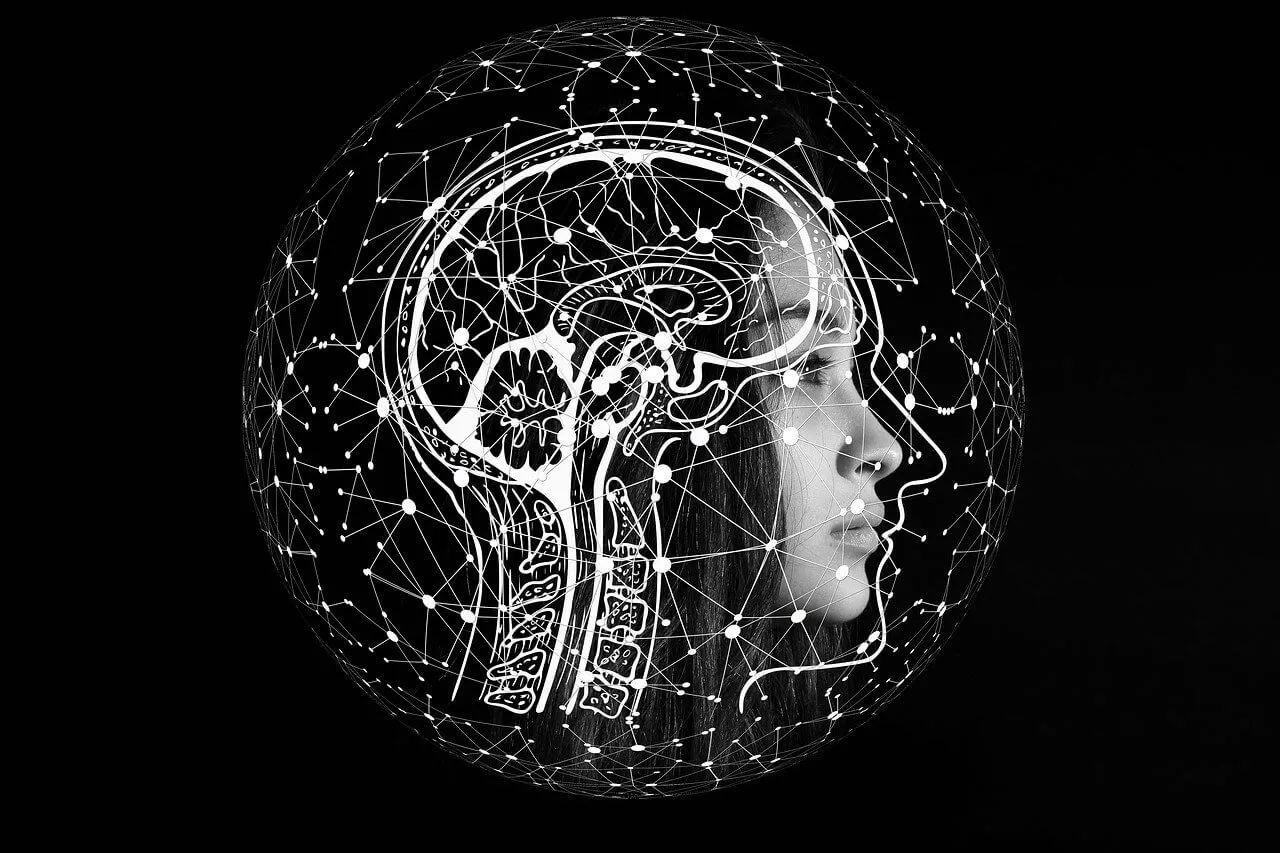Originally published February 7, 2023 , updated on February 9, 2023
AI and content creation have come a long way, with AI-powered tools now able to assist in everything from idea generation to keyword optimisation. AI-based content is being adopted by many industries and individuals alike. In fact, ChatGPT crossed the 1 million user mark within a week of its launch.
With such widespread adoption, there’s been much talk about how AI will replace employees. These concerns are currently front of mind for people working in the content marketing industry, with many wondering how AI-driven content creation has the potential to eliminate human writers and editors. Right now, bots and humans are fighting for their territory.
However, there are still several reasons why humans play a critical role in content creation.
The Need for Humans in AI-Driven Content Creation

Even though AI-based content creation is here to stay, the days of creating content with the help of humans are far from over. Here’s why:
1. Emotional Intellligence
Humans bring a unique aspect to content creation that AI can’t yet match: emotional intelligence (EQ).
Emotional intelligence is the ability to understand and manage one’s own emotions, as well as the feelings of others. In content creation, this translates to the ability to craft stories, messages, and images that resonate with readers on an emotional level.
A human content creator can use language, tone, and imagery to evoke specific emotions in readers. For example, using vivid descriptions and a sombre tone in a piece about a tragedy can evoke feelings of sadness and empathy in readers.
Conversely, AI can only highlight the emotions it’s been programmed for and might even be insensitive when describing tragic events. This is because the bots can’t understand and use emotions as a human content creator can. Therefore, for AI and content creation to go hand-in-hand, using humans with a high EQ to create content remains crucial.
2. Creativity and Uniqueness
While AI is good at pattern recognition and data analysis, a platform like ChatCPT can’t be truly creative in the way humans can.
Humans can bring their own experiences, perspectives, and imagination to the content they create. They can write from the heart, using personal stories to engage readers and make the content feel more authentic. They can also use their unique style, tone, and voice to make their content stand out. For example, a human content writer may use humour, sarcasm, or irony, adding a personal touch that AI-based content can’t mimic.
Another advantage of human content writers is their ability to connect seemingly disparate ideas. They can use their life experiences, cultural background, and knowledge to create something new. AI can analyse data but can’t make connections like a human can. Human intervention is the key to ensuring critical thinking and creativity are applied to AI-produced content.
3. Cultural Context in AI-Driven Content Creation
Humans have a unique ability to add cultural context to content writing. This is an area where AI in content creation still needs to improve. Culture is often an essential aspect of writing that helps to bring meaning, depth, and perspective to the content. This is because humans possess emotional and cognitive intelligence, which allows them to understand and appreciate cultural nuances that machines cannot capture.
Moreover, humans can understand the cultural significance of specific events, holidays, customs, and traditions. They use these in their writing to evoke emotions and connect with the reader on a deeper level. For example, a human writer may write about the significance of Christmas in Western cultures, while AI-driven content creation may only present the facts without any cultural context.
4. Ethics and Values
Ethics is another area where AI and content creation by humans differ. Human content writers have a moral compass that guides their work, influencing the messages they choose to convey and how they present them.
Human content writers can write about topics that align with their values or avoid topics that go against their beliefs. They can also write about controversial issues in a respectful, fair, and impartial way.
On the other hand, AI-driven content creation can only present information and data that it’s been programmed to recognise. As a result, it can’t understand or uphold ethical standards like a human can.
Moreover, human content writers can bring empathy and understanding to their work. They can write from the perspective of others, giving voice to underrepresented communities and shining a light on critical social issues.
AI can analyse data, but it can’t understand and represent the experiences of others in the same way a human can. To uphold societal and ethical standards, it’s key to use humans and AI in content creation together.
5. Feedback and Improvement
While AI can be developed to respond to feedback, it cannot learn, grow, and evolve in the same way humans can.
Human content writers can use feedback to reflect on their work and make changes to improve it. They can receive criticism and use it to grow as writers, developing their skills and refining their approach. They can also use feedback from readers to understand their audience and tailor their content to meet their needs.
Human content writers can also be reflective and self-critical, evaluating their work and making changes to improve it. They can reflect on their writing process, seeking new tools, techniques, and resources to help them grow. AI-driven content creation falls short in this regard.
AI and Content Creation: The Takeaway

In conclusion, while AI-driven content creation has made significant progress, it still can’t match the ability of humans to grow and evolve as writers. These human traits will continue to play a vital role in content writing for the foreseeable future, ensuring that the content we consume remains fresh, ethical, relevant, and engaging.
Organisations and individuals alike should work towards finding the sweet spot between AI and content creation by humans, instead of using one to replace the other.
Post Views: 138



















